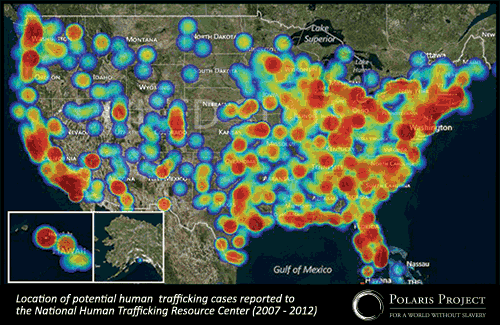How Hired Hackers Got “Complete Control” Of Palantir by William Alden.
From the post:
Palantir Technologies has cultivated a reputation as perhaps the most formidable data analysis firm in Silicon Valley, doing secretive work for defense and intelligence agencies as well as Wall Street giants. But when Palantir hired professional hackers to test the security of its own information systems late last year, the hackers found gaping holes that left data about customers exposed.
Palantir, valued at $20 billion, prides itself on an ability to guard important secrets, both its own and those entrusted to it by clients. But after being brought in to try to infiltrate these digital defenses, the cybersecurity firm Veris Group concluded that even a low-level breach would allow hackers to gain wide-ranging and privileged access to the Palantir network, likely leading to the “compromise of critical systems and sensitive data, including customer-specific information.”
This conclusion was presented in a confidential report, reviewed by BuzzFeed News, that detailed the results of a hacking exercise run by Veris over three weeks in September and October last year. The report, submitted on October 19, has been closely guarded inside Palantir and is described publicly here for the first time. “Palantir Use Only” is plastered across each page.
It is not known whether Palantir’s systems have ever been breached by real-world intruders. But the results of the hacking exercise — known as a “red team” test — show how a company widely thought to have superlative ability to safeguard data has struggled with its own data security.
The red team intruders, finding that Palantir lacked crucial internal defenses, ultimately “had complete control of PAL’s domain,” the Veris report says, using an acronym for Palantir. The report recommended that Palantir “immediately” take specific steps to improve its data security.
“The findings from the October 2015 report are old and have long since been resolved,” Lisa Gordon, a Palantir spokesperson, said in an emailed statement. “Our systems and our customers’ information were never at risk. As part of our best practices, we conduct regular reviews and tests of our systems, like every other technology company does.”
…
Alden gives a lengthy summary of the report, but since Palantir claims the reported risks “…have long since been resolved” where is the Veris report?
Describing issues in glittering generalities isn’t going to improve anyone’s cybersecurity stance.
So I have to wonder, is How Hired Hackers Got “Complete Control” Of Palantir an extended commercial for Veris? Is it an attempt to sow doubt and uncertainty among Palantir customers?
End of the day, Alden’s summary can be captured in one sentence:
Veris attackers took and kept control of Palantir’s network from day one to the end of the exercise, evading defenders all the way.
How useful is that one sentence summary in improving your cybersecurity stance?
That’s what I thought as well.
PS: I’m interested in pointers to any “leaked” copies of the Veris report on Palantir.
